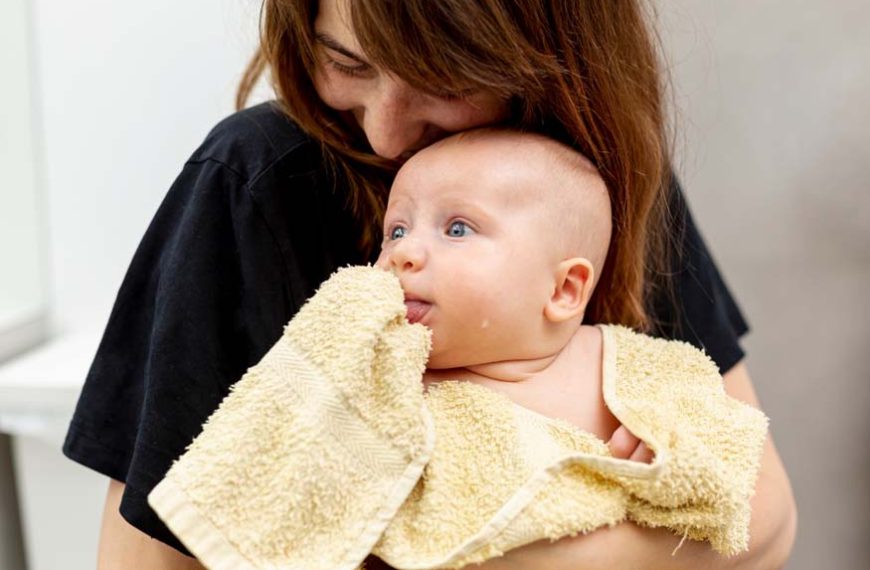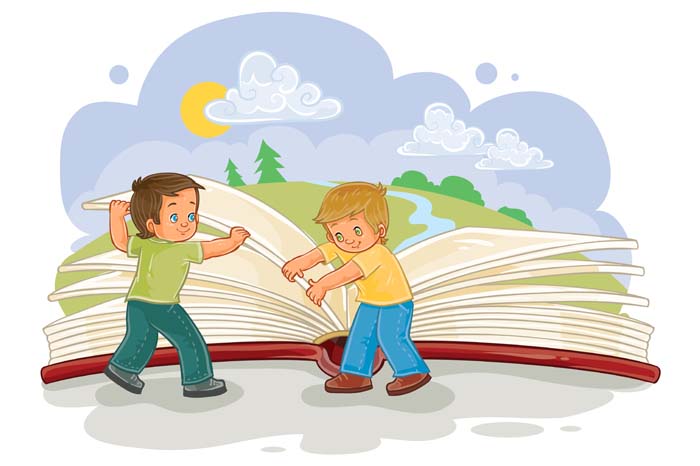In the tender stages of infancy, a baby’s ability to regulate body temperature is still developing, making them more susceptible to environmental conditions. Overheating in babies is a serious concern and warrants vigilant attention from parents and caregivers. This article delves into the intricacies of baby overheating, highlighting symptoms, potential risks such as fever, and practical steps to ensure your baby remains comfortable and safe.
Understanding Baby Overheating
Baby overheating occurs when an infant’s body temperature rises above the normal range due to external factors like high ambient temperatures, excessive clothing, or a hot sleeping environment. Babies are particularly at risk because they have a larger surface area relative to their body weight and a limited ability to regulate their body temperature.
Why is Recognizing Overheating Crucial?
Recognizing the signs of overheating in babies is crucial as prolonged exposure to high temperatures can lead to dehydration, heat exhaustion, or even heat stroke, which are serious medical emergencies. Early detection and intervention can prevent these risks and ensure the baby’s well-being.
Identifying the Signs: Baby Overheating Symptoms
Physical Signs
- Red, flushed skin
- Rapid breathing
- Restlessness or lethargy
- Excessive sweating
- Heat rash
Behavioral Signs
- Irritability or fussiness
- Poor feeding
- Unusual drowsiness
These symptoms might not always be immediately apparent, so it’s important to regularly check the baby’s temperature and look for subtle changes in their behavior and physical condition.
Can Overheating Cause Fever in Babies?
There is often confusion about whether overheating can cause fever in babies. While overheating itself does not directly cause a fever, which is typically a response to infection, it can raise a baby’s body temperature to feverish levels. Distinguishing between a fever due to illness and elevated temperature due to overheating is essential for appropriate care.
What to Do If Baby Overheats
Immediate Steps
Strip down the baby to a nappy or light clothing.
Ensure the room is well-ventilated, use a fan, or move to a cooler location.
If the baby is breast or bottle-fed, offer regular feeds to prevent dehydration.
Monitor the baby’s temperature regularly. If it remains high, seek medical advice.
Preventative Measures
- Dress your baby in lightweight, breathable clothing.
- Maintain a cool, comfortable sleeping environment.
- Avoid direct exposure to sunlight, especially during peak hours.
- Regularly assess the baby’s comfort, especially in warm weather or heated indoor environments.
Ideal Room Temperature
Maintaining an ideal room temperature for your baby is fundamental in preventing overheating. The recommended room temperature for a baby’s nursery should be between 16-20°C (61-68°F). This range provides a comfortable environment that is not too hot or too cold. Using a room thermometer can help you monitor and maintain this ideal temperature. It’s also important to consider the humidity in the room, as high humidity combined with warm temperatures can increase the risk of overheating.
How to Prevent Overheating During Sleep
Ensuring your baby doesn’t overheat during sleep is crucial, as infants often have longer sleep periods and might not be able to communicate discomfort.
- Appropriate Sleepwear:
- Sleeping Environment:
- Bedding:
- Room Ventilation:
Dress your baby in light, breathable sleepwear. Avoid heavy or fleece fabrics.
Keep the nursery at the recommended temperature range. Avoid placing the crib near radiators, windows, or in direct sunlight.
Use lightweight blankets or a baby sleeping bag (appropriate to the season) instead of heavy quilts or duvets.
Ensure good air circulation in the room. A fan can help circulate air, but it should not blow directly on the baby.
How to Prevent Overheating in the Winter
While it’s natural to want to keep your baby warm during colder months, it’s important to ensure they don’t get too hot.
- Layered Clothing:
- Room Temperature:
- Avoid Heavy Bedding:
Dress your baby in layers that can be easily removed or added. One more layer than an adult would wear is a good rule of thumb.
Keep the room at a comfortable temperature and avoid overheating the room.
Use suitable sleepwear and a light blanket or sleep sack. Heavy bedding can trap too much heat.
How to Prevent Overheating in The Summer
In the summer, the risk of overheating increases, especially during heatwaves.
- Light Clothing:
- Cool Environment:
- Evening Baths:
- Hydration:
Dress your baby in light, airy fabrics like cotton.
Keep blinds or curtains drawn during the day to keep the room cool.
A lukewarm bath before bedtime can help lower your baby’s body temperature.
Ensure regular fluid intake, especially if your baby is breast or bottle-fed.
How to Cool Down an Overheated Baby
If you suspect your baby is overheating, take immediate steps to cool them down:
- Move to a Cooler Environment:
- Remove Excess Clothing:
- Hydration:
- Cool Compresses:
- Fan Air:
- Monitor and React:
If outside, find shade or an air-conditioned place. If inside, move to a cooler room.
Strip your baby down to a diaper, or dress them in a single layer of light clothing.
Offer breast milk or formula more frequently. For older babies, small sips of water can help.
Apply cool (not cold) compresses to the baby’s forehead, back of the neck, and wrists.
Gentle air from a fan can help, but ensure it does not blow directly on the baby.
If your baby doesn’t start to cool down or shows signs of distress, seek medical attention immediately.
Recognising the signs of overheating in your baby is a vital aspect of infant care. By being aware of the symptoms and knowing the appropriate actions to take, you can ensure your child’s safety and comfort. It’s always better to err on the side of caution; if you’re ever in doubt about your baby’s condition, consulting a healthcare professional is the best course of action.
At EuroKids, we understand the delicate nature of infant care and the importance of creating a safe, nurturing environment. We advocate for heightened awareness and proactive measures to protect our little ones from the risks of overheating. Remember, your vigilance can make a significant difference in ensuring the well-being of your baby.














